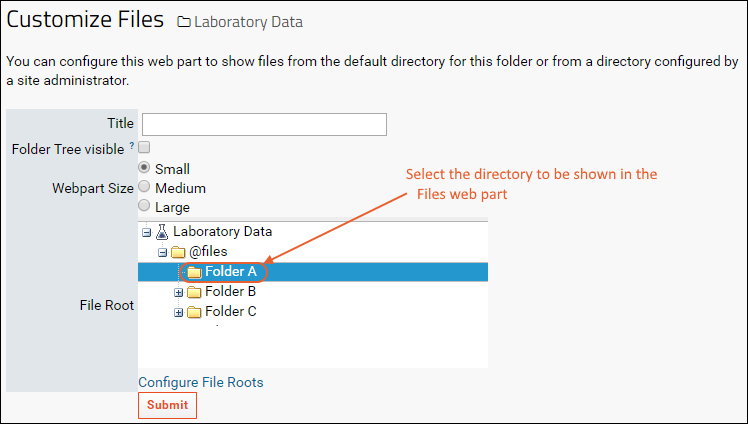
#Smartsvn scan only the root directory code
They can work on the same code simultaneously without code conflicts. With one in place, team members can easily research, track, and undo code. The main benefit of using a version control system is that it keeps your team’s workflows organized as they work through various types of releases. They combine your repository of project files with a history of all your code changes, making it easy to edit and understand your code over time. Version control systems are integral to building software. You can also export issues in XML format suitable for importing into other tools.This post was originally published on April 4, 2018, and updated most recently on June 23, 2020. You can generate reports of issues found via Burp Scanner in HTML format. The Target site map shows all of the content and issues that have been identified, organized by domain and URL. You can open the task details window for an individual scan, to view the issue activity log for only that scan, and a detailed view of the audit items for applicable tasks. The Burp Dashboard shows metrics about the progress of each task, and the issue activity log shows the issues that are reported by all scanning tasks. You can monitor the progress and results of a scan in various ways: Burp Scanner's default configuration provides a good balance between performance and coverage of issues, suitable for most web applications.īurp Suite's configuration library comes with a set of built-in configurations so you can quickly configure these options. If no configuration is created or loaded in, Burp Scanner uses its default configuration. You can either create your own custom configurations or load built-in configurations from the configuration library using the Select from library button in the Scan Configuration section of the scan launcher. These options are very important in controlling what type of audit activity will be performed, from a lightweight purely passive analysis through to a heavyweight invasive scan. These options control behavior like the handling of insertion points and what detection methods are employed. You can also enable or disable some of Burp Scanner's miscellaneous features, such as browser-powered scanning and API scanning. These options control behavior like maximum link depth, how the crawler optimizes for speed versus coverage, and limits on the extent of the crawl. There are two key areas of configuration: You can launch multiple scans in parallel, and each scan has its own configuration options that determine exactly how the scan is carried out. Alternatively, you can configure hotkeys for triggering instant scans.

You can access these options by right-clicking on a request. This means you can quickly check for vulnerabilities without having to open the scan launcher. You can also launch instant active or passive scans from the context menu. This will open the live scan launcher which lets you configure details of the task. To do this, go to the Burp Dashboard, and click the New live task button. You can configure precisely which requests are processed, and whether they should be scanned to identify content or audit for vulnerabilities. You can use live scans to automatically scan requests that are processed by other Burp tools, such as the Proxy or Repeater tools. This will open the scan launcher which lets you configure details of the scan. To do this, select one or more requests anywhere within Burp, and select Scan from the context menu. This lets you perform an audit-only scan (no crawling) of specific HTTP requests.

To do this, go to the Burp Dashboard, and click the New scan button. This performs a scan by crawling the content within one or more provided URLs, and optionally auditing the crawled content. Scans can be launched in a variety of ways:


 0 kommentar(er)
0 kommentar(er)
